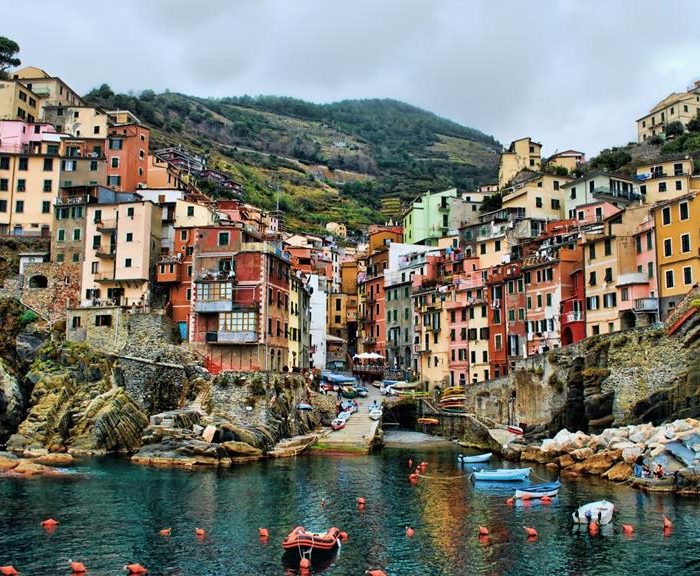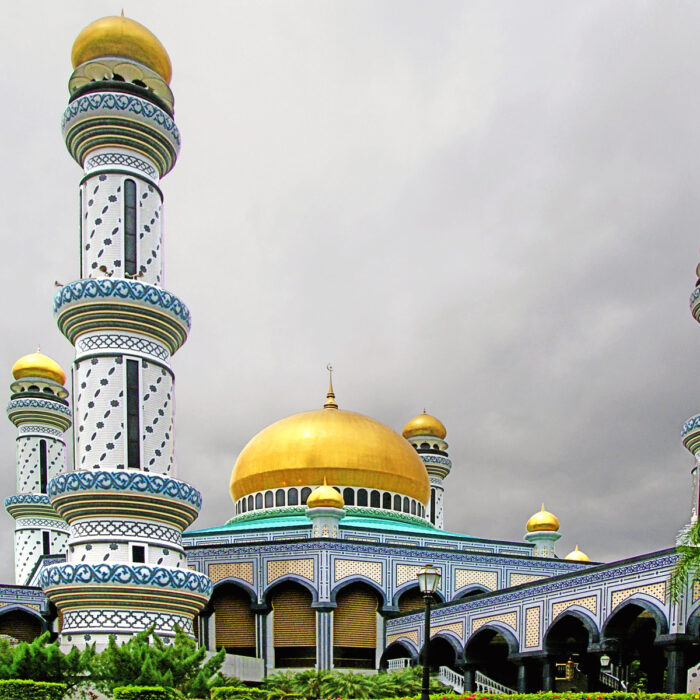Quick facts about Haiti:
- Population: Approximately 11.6 million people.
- Capital: Port-au-Prince.
- Official Languages: Haitian Creole, French.
- Currency: Haitian gourde (HTG).
- Government: Unitary semi-presidential republic.
- Major Religion: Christianity (predominantly Roman Catholicism).
- Geography: Haiti occupies the western third of the island of Hispaniola in the Caribbean. It is characterized by mountain ranges, fertile valleys, and coastal plains.
Fact 1: Haiti is characterized by its mountainous terrain
The geography of Haiti is dominated by several mountain ranges, which extend across much of the country and contribute to its diverse landscape. The most prominent mountain range is the Massif de la Hotte in the southwestern part of the country, which includes the Pic la Selle, Haiti’s highest peak, reaching an elevation of 2,680 meters (8,793 feet) above sea level.
In addition to the Massif de la Hotte, Haiti is also home to the Massif du Nord in the northern part of the country, the Massif de la Selle in the central region, and other smaller mountain ranges and hills scattered throughout. These mountainous areas are characterized by steep slopes, deep valleys, and rugged terrain, making them challenging to traverse and cultivate.
The mountainous terrain of Haiti has significant implications for the country’s development, including agriculture, transportation, and urbanization. While the mountains provide important natural resources, such as water, minerals, and biodiversity, they also present challenges in terms of access to land, infrastructure development, and environmental conservation.
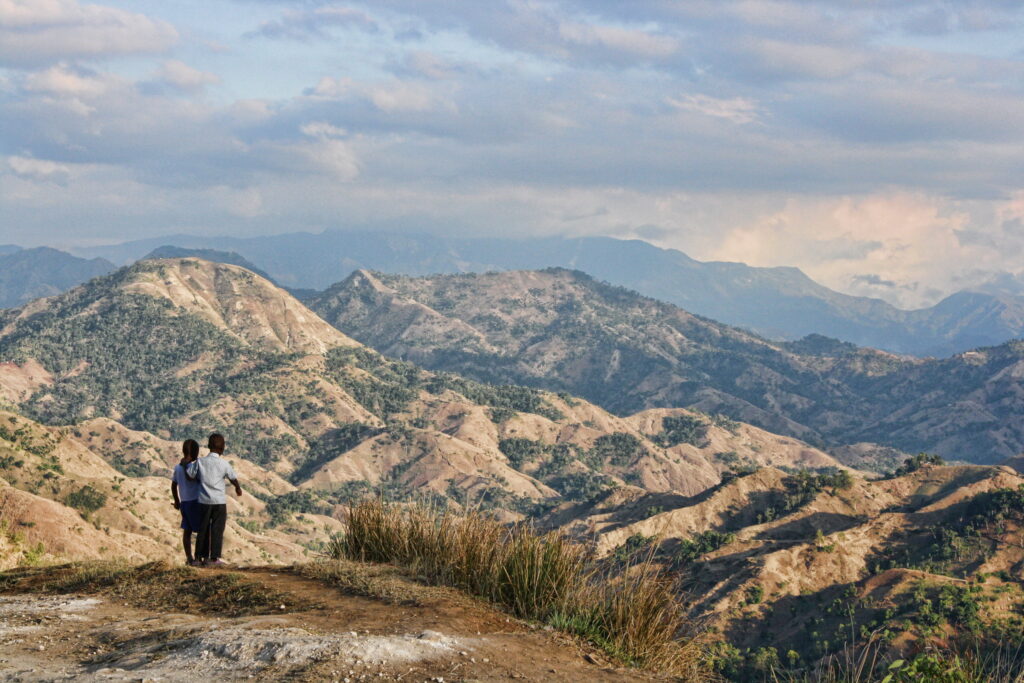
Fact 2: Haiti is a former French colony and the first country to abolish slavery
Haiti’s history as a French colony dates back to the 17th century when French colonists established plantations and imported enslaved Africans to work on sugar, coffee, and indigo plantations. Conditions for enslaved people were brutal, leading to numerous uprisings and revolts.
The Haitian Revolution (1791-1804) was a pivotal moment in world history, as it led to the overthrow of French colonial rule and the establishment of Haiti as an independent republic. Enslaved Africans, led by leaders such as Toussaint Louverture, Jean-Jacques Dessalines, and Henri Christophe, fought against French forces and eventually declared independence on January 1, 1804.
Haiti’s independence marked not only the end of French colonialism on the island but also the abolition of slavery, making Haiti the first country in the world to formally abolish slavery and establish a nation-state led by formerly enslaved people. This historic achievement had profound implications for the struggle against slavery and colonialism worldwide, inspiring movements for freedom and equality across the Americas and beyond.
Fact 3: A museum in Haiti has an anchor from Columbus’ ship
MUPANAH, also known as the Haitian National Pantheon Museum, is a museum dedicated to Haitian history, culture, and heritage. It is housed in the former presidential palace and showcases a diverse collection of artifacts, documents, artwork, and historical objects related to Haiti’s past.
One of the notable artifacts on display at MUPANAH is an anchor that is said to have belonged to one of Christopher Columbus’ ships. Columbus made his first voyage to the Americas in 1492, and Haiti (then known as Hispaniola) was one of the islands he encountered during his expedition.
The anchor is a tangible reminder of Haiti’s colonial history and its connection to the broader story of European exploration and colonization in the Americas. It serves as a symbol of the encounters between indigenous peoples and European explorers, as well as the subsequent waves of colonization and exploitation that followed.
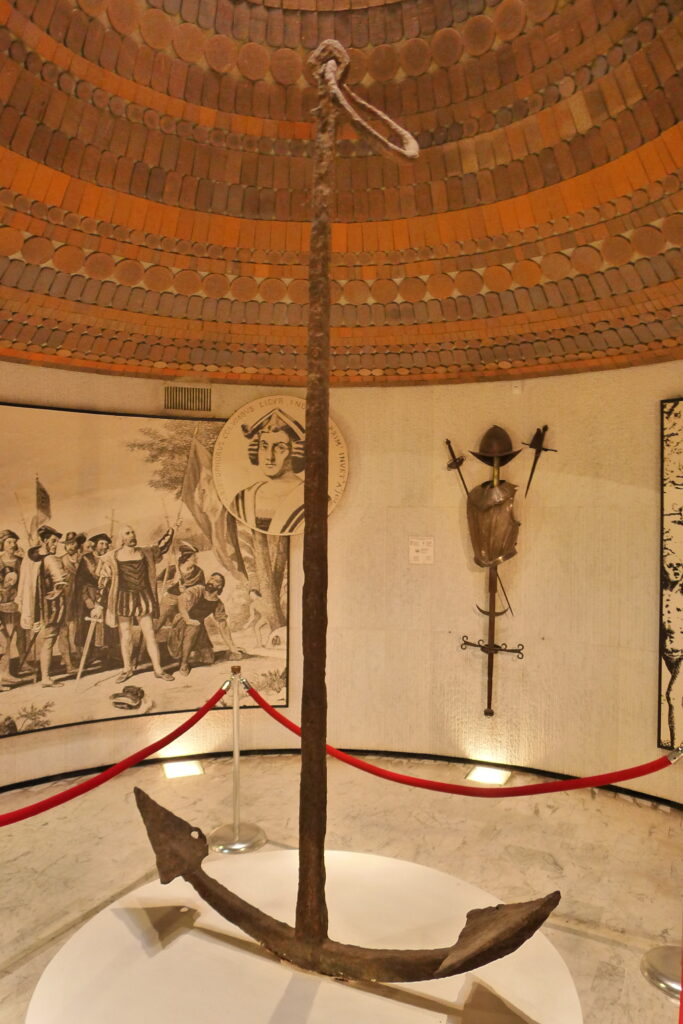
Fact 4: Haiti has experienced extensive deforestation
Deforestation has been a significant environmental issue in Haiti for decades, driven by factors such as population growth, agricultural expansion, logging, charcoal production, and unsustainable land use practices. The consequences of deforestation have been severe, leading to soil erosion, loss of biodiversity, degradation of watersheds, reduced agricultural productivity, and increased vulnerability to natural disasters such as floods, landslides, and droughts.
According to estimates, Haiti has lost approximately 98% of its original forest cover, leaving only small remnants of forests scattered across the country. The most heavily deforested areas are in the western and southern regions, where population density is highest and agricultural activities are most intensive.
Fact 5: Haiti is home to the deepest cave in the Caribbean
The cave, known as “Grotte Marie Jeanne” is located in the southwestern part of Haiti, near the town of Port-à-Piment in the department of Sud. Grotte Marie Jeanne is renowned among cavers for its impressive depth, which has been measured at over 478 meters (1,568 feet) deep.
Exploration of Grotte Marie Jeanne began in the 1990s, and subsequent expeditions have revealed its complex network of passages, chambers, and underground formations. The cave’s depth, along with its geological features and unique ecosystem, make it a significant site for scientific research and exploration.
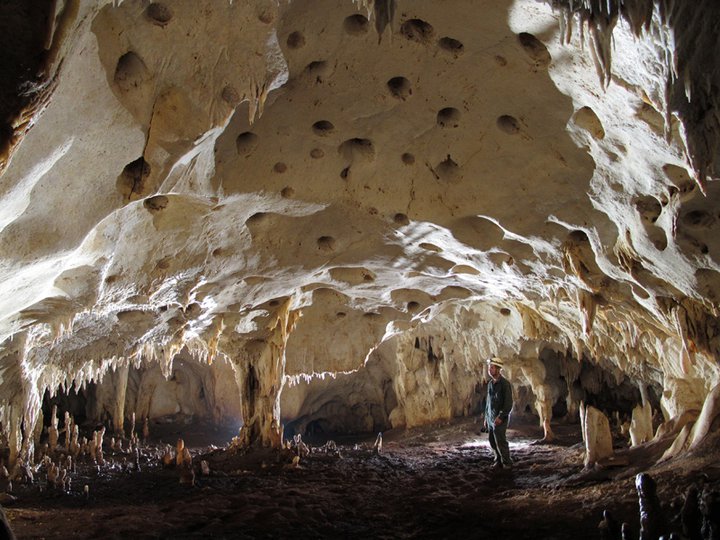
Fact 6: The 2010 earthquake in Haiti was one of the most devastating natural disasters in recent history
On January 12, 2010, a powerful earthquake with a magnitude of 7.0 struck near the capital city of Port-au-Prince, Haiti. The earthquake’s epicenter was located just 25 kilometers (16 miles) southwest of Port-au-Prince, resulting in severe shaking and extensive damage across the densely populated urban area and surrounding regions.
The earthquake caused widespread destruction of buildings, infrastructure, and homes, leaving millions of people homeless and displacing an estimated 1.5 million individuals. The death toll from the earthquake was catastrophic, with estimates ranging from 100,000 to 230,000 people killed, and many more injured.
The impact of the earthquake on Haiti was exacerbated by factors such as inadequate building construction, poor urban planning, weak infrastructure, and limited emergency response capacity. The country’s already fragile economy and social infrastructure were severely strained by the disaster, leading to long-term humanitarian and reconstruction challenges.
Fact 7: Haiti has stunning beaches and a long coastline
Haiti’s coastline extends approximately 1,771 kilometers (1,100 miles) along the Caribbean Sea, offering a diverse range of coastal landscapes, including sandy beaches, rocky shores, and picturesque coves. The country is known for its beautiful beaches, characterized by crystal-clear turquoise waters, palm-fringed shores, and scenic vistas.
Some of Haiti’s most renowned beaches include:
- Labadee Beach: Located on the northern coast of Haiti, Labadee is a private resort destination known for its pristine beaches, water sports, and recreational activities. The beach is surrounded by lush tropical vegetation and offers stunning views of the Caribbean Sea.
- Jacmel Beach: Situated in the coastal town of Jacmel on the southern coast of Haiti, Jacmel Beach is known for its vibrant arts scene, colorful architecture, and laid-back atmosphere. The beach features golden sands, calm waters, and a picturesque waterfront promenade.
- Île-à-Vache: Located off the southwestern coast of Haiti, Île-à-Vache is a tranquil island paradise with pristine beaches, secluded coves, and lush tropical landscapes. The island is a popular destination for swimming, snorkeling, and relaxation.
- Port-Salut Beach: Nestled along Haiti’s southern coast, Port-Salut Beach is renowned for its long stretches of powdery white sand, gentle waves, and breathtaking sunsets. The beach is surrounded by coconut palms and offers a serene setting for swimming and sunbathing.
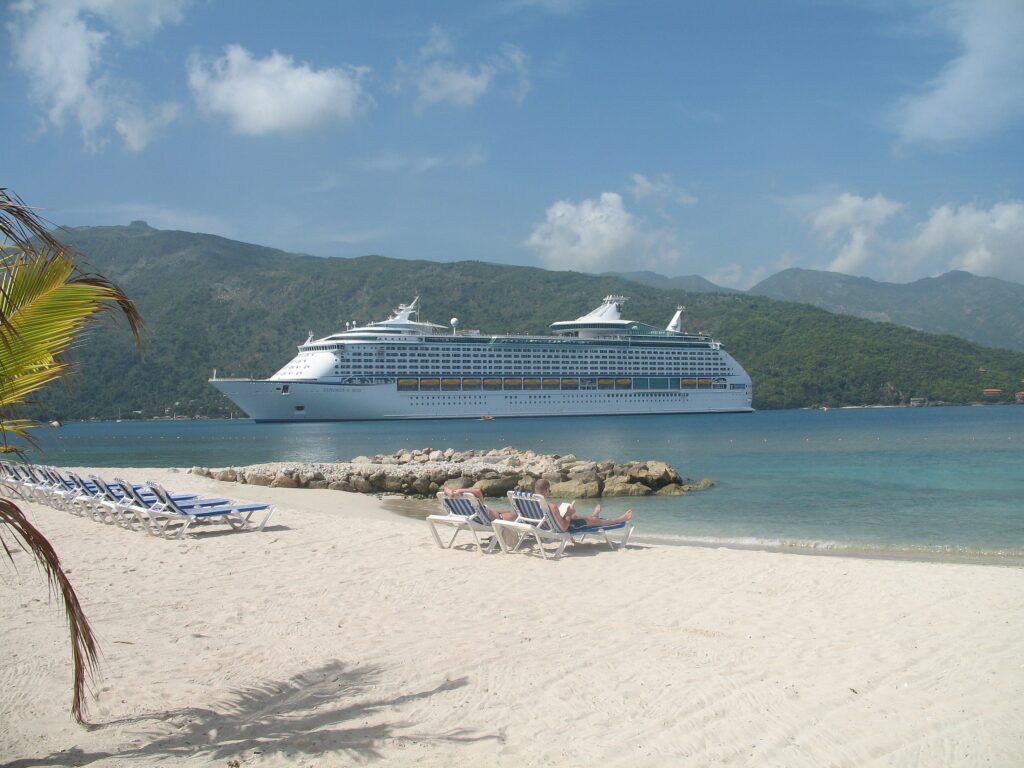
Fact 8: Voodoo beliefs are strong in Haiti
Voodoo beliefs are deeply ingrained in Haitian culture. Originating from West Africa and blended with indigenous Taino and Catholic elements, Voodoo is an official religion in Haiti. It involves rituals, ceremonies, and spiritual practices conducted by priests and priestesses to honor spirits, seek guidance, and address various life aspects. Despite misconceptions, Voodoo is not about black magic but spiritual connection and community. It has been a source of strength and resilience in Haitian history and continues to influence Haitian identity, art, and culture.
Fact 9: In Haiti, the main means of transportation is old buses
In Haiti, various forms of transportation are used to navigate the country’s diverse terrain and urban areas. Old buses, often referred to as “tap-taps” are brightly painted and decorated public buses that serve as a primary mode of transportation for many Haitians, particularly in urban areas and between towns and cities. These buses are typically privately owned and operated and are known for their vibrant colors and personalized designs.
In addition to old buses, other common modes of transportation in Haiti include:
- Motorcycle Taxis: Motorcycle taxis, known as “moto-taxis” or “moto-taxis,” are widely used for short-distance travel within cities and towns. They provide a convenient and affordable way to navigate congested urban streets and reach destinations quickly.
- Minibuses: Minibuses, also known as “car rapides,” are larger than tap-taps and operate on fixed routes between major cities and towns. They are often crowded and provide a budget-friendly option for long-distance travel.
- Taxis: Taxis are available in urban areas and can be hailed on the street or arranged through phone calls or mobile apps. They offer a more comfortable and convenient mode of transportation for those willing to pay higher fares.
- Walking: In rural areas and smaller towns where motorized transportation may be limited, walking is a common mode of getting around. Many Haitians rely on walking as their primary means of transportation for short distances.
Note: If you plan to visit this country, check if you need an International Driver’s License in Haiti to rent or drive.

Fact 10: Haitian cuisine is known for its bold and flavorful dishes
Haitian cuisine is a fusion of African, Taino indigenous, French, and Caribbean influences, resulting in a diverse and vibrant culinary tradition. Spices play a central role in Haitian cooking, and many dishes are characterized by their spicy flavor profiles.
Some of the common spices and ingredients used in Haitian cuisine to add heat and flavor include:
- Scotch bonnet peppers: These small, fiery peppers are a staple in Haitian cooking and are used to add heat to dishes such as griot (fried pork), pikliz (spicy pickled vegetables), and sauce ti-malice (spicy tomato sauce).
- Epis: This aromatic seasoning blend is made from a combination of garlic, onions, peppers, herbs (such as parsley and thyme), and spices (such as cloves and nutmeg). It is used as a base for many Haitian dishes, adding depth of flavor and heat.
- Pikliz: Pikliz is a popular Haitian condiment made from shredded cabbage, carrots, onions, and scotch bonnet peppers, marinated in vinegar and spices. It is often served as a spicy accompaniment to fried foods, rice, and beans.
- Ti-malice sauce: Ti-malice sauce is a spicy tomato sauce made from tomatoes, onions, garlic, scotch bonnet peppers, and vinegar. It is commonly served with grilled meats, seafood, and rice dishes to add heat and flavor.
- Spicy marinades: Haitian marinades often contain a mixture of citrus juices, garlic, onions, herbs, and spices, including peppers, to tenderize and flavor meats such as chicken, pork, and fish before grilling or frying.

Published April 14, 2024 • 9m to read


